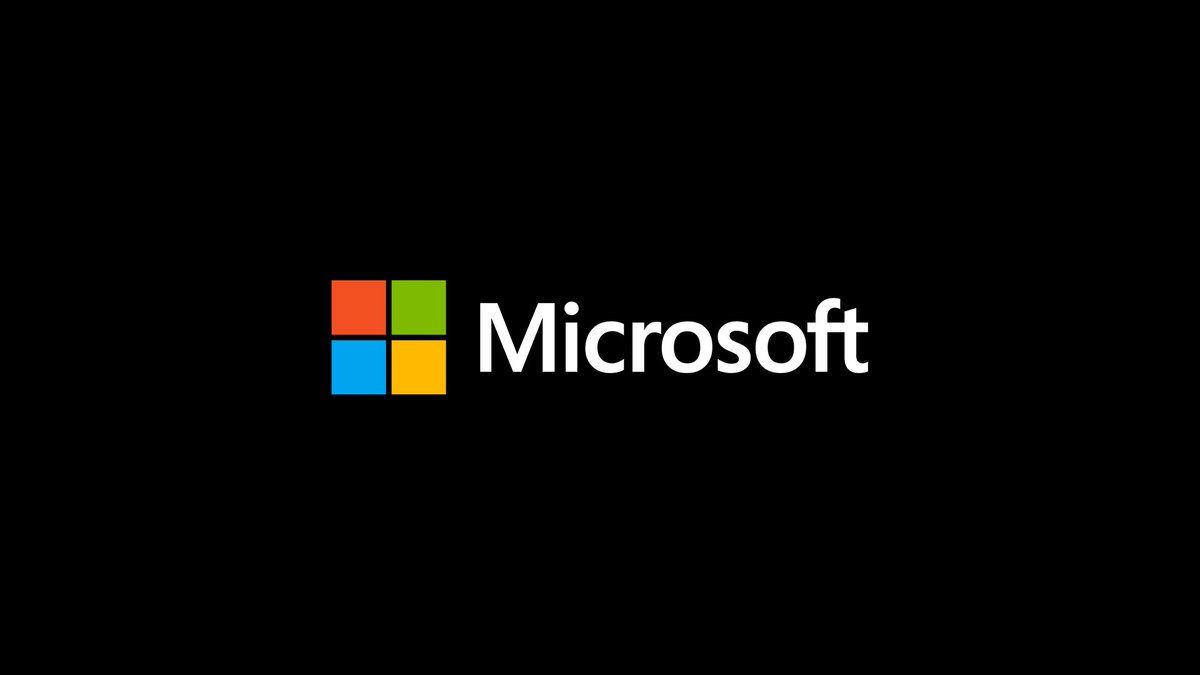Introduction
Microsoft Copilot is facing significant resistance in the enterprise market. Business customers are questioning the product's return on investment, with many seeking to reduce or completely eliminate their licenses. This situation represents a critical challenge for Microsoft's AI monetization strategy.
The Pricing Problem: Is $30 Too Much?
The cost of $30 per user per month represents the main barrier to Copilot adoption. For a company with thousands of employees, this translates to millions of dollars annually. The fundamental question IT leaders are asking is simple: does the value received justify this expense?
"Am I getting $30 of value per user per month out of it? The short answer is no, and that's what's been holding further adoption back."
Tim Crawford, CIO Advisor
The math simply doesn't work for most knowledge workers. Unless productivity gains are massive and measurable, the $360 annual cost per user remains difficult to justify.
Customers Want Zero Licenses
Market feedback is devastating for a product pitched as a productivity revolution. IT consultants report clients who want not just to reduce, but to completely eliminate Copilot.
"I know a lot of customers who are like, 'Yeah, I want 300 to go to zero. I don't even want it.'"
Adam Mansfield, UpperEdge
This reaction indicates a significant gap between marketing expectations and the actual experience of enterprise users.
Pricing Strategy Creates Uncertainty
Microsoft has adopted a pricing approach that's generating market confusion. Initially, some clients received 50% discounts, but this practice is declining. Early adopters paid half price while new customers must pay full price—bad optics for any enterprise sale.
In response to resistance, Microsoft announced a new Business tier at $21 per person per month for organizations under 300 users. This price reduction appears more like a necessity-driven move than strategic expansion: if $30 wasn't working, lowering to $21 doesn't solve the value problem—it just reduces revenue per user.
Google Gemini Gains Ground
Competition is intensifying and Microsoft is losing enterprise customers to Google. A notable case involves a large company with 16,000 employees that moved all their email to Google specifically to better leverage Gemini.
"We just had a massive 16,000-employee company move all their mail back to Google so they can leverage more Gemini."
Julian Hamood, TrustedTech
An enterprise choosing a competitor specifically for AI capability represents a concerning role reversal for Microsoft, traditionally dominant in the enterprise market.
Microsoft's Numbers: What They Really Mean
CEO Satya Nadella claimed over 150 million people use Copilot and that more than 90% of Fortune 500 companies use Microsoft 365 Copilot. However, he didn't provide the average number of users per company. If Fortune 500 companies buy 100 seats each to test the product, that means only 50,000 total users from top enterprises—not meaningful adoption.
Internally, Microsoft reports that adoption among sales workers reached 70% daily usage, up from 20% a year ago. Notable progress, but internal adoption doesn't automatically demonstrate value for external customers.
The Multi-Model Strategy
Microsoft is adding Anthropic's Claude models to Azure Foundry after Anthropic committed $30 billion on Azure. This move implicitly reveals that Microsoft's proprietary models may not be competitive enough. If Copilot were clearly best, they wouldn't need Anthropic. The multi-model strategy is a form of hedging.
Conclusion
Microsoft faces a classic enterprise software challenge: great demos but unclear ROI that's hard to justify at scale. The company is trying to sell AI like they sold Office, but AI costs $360 per year per user on top of Office. That's a completely different value proposition requiring concrete proof points they haven't delivered yet.
FAQ
How much does Microsoft Copilot cost for businesses?
The standard cost is $30 per user per month. For small organizations under 300 users, there's a Business tier at $21 monthly.
Why are companies abandoning Copilot?
The main reason is lack of return on investment. Many IT leaders believe the value received doesn't justify the $30 per user cost.
Does Microsoft Copilot offer enterprise discounts?
Microsoft has offered up to 50% discounts to some clients, but this practice is declining. New customers generally pay full price.
How many companies use Microsoft Copilot?
Microsoft claims over 90% of Fortune 500 use Microsoft 365 Copilot, but doesn't specify the average number of active users per company.
Is Google Gemini taking customers from Copilot?
Yes, there are documented cases of large companies migrating to Google specifically to leverage Gemini's AI capabilities.
Is Microsoft integrating other AI models besides its own?
Yes, Microsoft is adding Anthropic's Claude models to Azure Foundry as part of a multi-model strategy.
